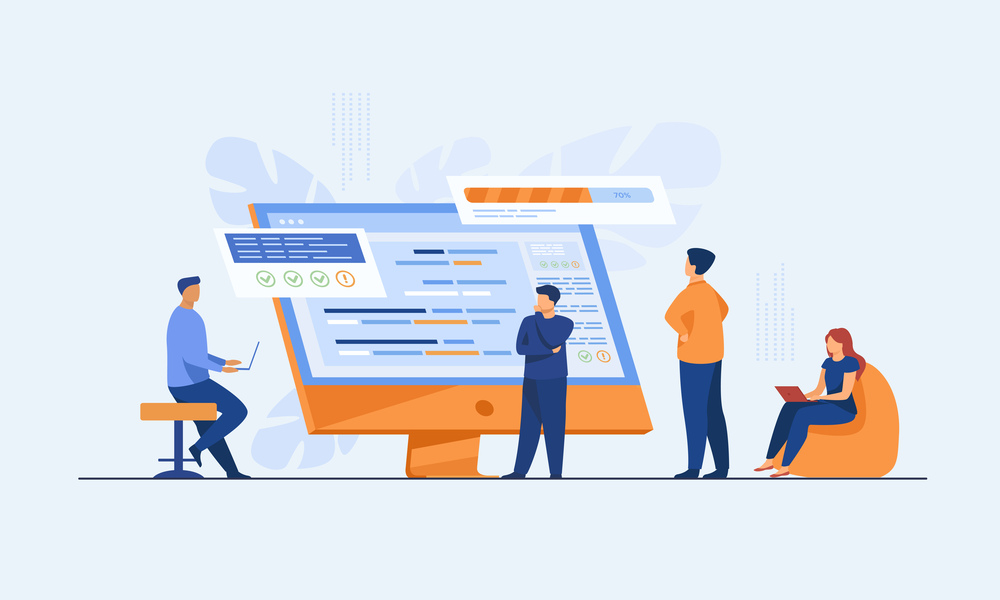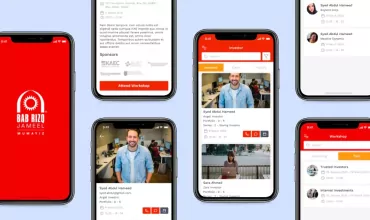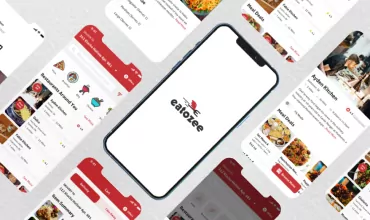What is a Customer Engagement Model? & Its Types

Table of Contents
Friends we have talked a lot about offshore outsourcing, offshore development companies and benefits of it, and things to look out for while hiring remote developers to create your own software development team. Now it is time we jump straight to the collaboration part with any software development company businesses lookout and start engagement.
Consider you have an awesome idea and now is the time to transform it into reality. After finding that perfect dev team, now you are about to make that biggest decision – selecting the engagement model and decide how the software development cycle will pan out to the delivery and beyond.
There are standard engagement models which are categorized in Fixed price Model, Time and Material Model, and Dedicated Developer Model. We will go through every one of them, but before that let us understand the basics of this engagement model.
What is the Engagement Model in Software Development?
Considering that any business (customer) wants to outsource a software development project to another company, the vendor (software development company) presents the engagement models to select the right one. This client engagement model is a pre-defined and structured approach that sets the benchmark, the basis of the collaboration between the two for the software development project journey.
Any software project actually starts with an engagement model. The right approach to select any of the three engagement models depends on various project aspects such as the project’s size, duration, strategy, concept, etc. To put here in simple words, any client engagement model in software development projects presents a strategic plan that presents the partnership between the client’s business and the software development company.
Things to Consider Before Finalizing the Engagement Model
Project Type:
Is it just a Proof of Concept (PoC), a Minumum Viable Product (MVP), or a full-fledged complex software solution you wish to develop?
Approximate Budget:
The idea about the project budget you will be spending for the development.
Project Scope:
Idea about how the final product will look and feel. What he features and functionalities would be in the final product?
App Release or Launch Time:
Do you have enough time to launch the product or running against time and wish to make it available for the users ASAP?
Project Deadline:
Set the deadline for every milestone if you have divided the overall project into multiple phases, to market the product in time.
Project Control:
Your readiness to manage the software development project on a periodic or regular basis with managing it personally.
Types of Client Engagement Models in Software Development
The beauty or complexity, whatever you may say, is that any single engagement model will not be versatile or ideal, that can fit perfectly with all types of software applications development projects. Well, all the three engagement models in software development are explained below.
Fixed Cost Model
This model is a classic yet static approach in the early days of engagement. For a software project of the client, there is a fixed price given after the final quotation is given, based on the approved feature listings, technology stack, etc. The client would approve the quotation and would not pay a single dollar more beyond that.
Pros
- The good thing is that client will have the exact idea about the project scope, feature requirements, and deadline to launch.
- Minimum chance of error if the project is defined with clear understanding.
- Project management by the client is not mandatory in this engagement.
- This model is more suited to startups, small and medium businesses.
Cons
- This model means no errors in requirements can be made. It does not give any room for last-minute changes without having to pay extra bucks.
- Not considered as a flexible model.
- Comprehensive project discovery/workshop is needed before the development starts to avoid failures and change requests (CR) just before the delivery.
Time and Material Model
As the name suggests, the cost in this model depends solely on the number of resources and time taken to complete the development of a web app or a mobile application, or both. The vendor and client agree upon the time taken by the selected developers, on an hourly, daily, or weekly basis. As a result, there are higher chances that this model forces the best project managers and supervisors to manage the project to ensure the timely delivery as expected along with the quality.
In case of the change request, if any, the time and material engagement model offers greater flexibility to work on the CRs to get them done. It can easily allow the changes at any point in time which makes it perfect for long-term projects with a larger scope, complexities like game development, AI & ML app development, IoT solutions, etc.
Pros
- Dynamic model for software development with greater flexibility.
- Full control to the client for development and delivery aspects.
- Allows the client to review and get the changes done before the market launch.
- Perfect for long-term projects with multiple iterations planned.
- Transparency between vendors and clients for long-term business relations.
Cons
- Client involvement is required which cannot be compromised.
- The cost may go beyond the estimated budget for development.
- Not ideal for time-constrained software development projects.
- The project may be delayed because of numerous change requests.
Dedicated Team Model
A dedicated engagement model is great to hire software developers from the vendor and create a remote team of your own. The client decides the development journey, plan, strategy, etc., and only the resources are hired from the vendor. The client can also hire the whole team of designers, developers, project managers, QA, etc. The cost is decided on a monthly basis that results from the salary of the resources and the charges from the vendor.
The dedicated development team that is hired will technically work for the client and adapt to the client’s way of working. The team will report to the client, understands and fits according to the client business’s policy, development practice, methodology, and management. The dedicated engagement is perfect for clients who are looking for offshore-outsourcing and looking for efficient engagement with offshore development companies.
Pros
- Businesses who lack in-house resources or wish to add more resources for a software development project.
- Ideal for long-term projects with evolving and changing project scopes.
- Clients can explore the foreign waters and add a different group of people with different creative thought processes and ideas.
- The clients have 100% control to manage the resources with their own project management styles to follow along with reporting and deadlines.
- The clients can make huge cost savings in terms of hiring the right resource team and infrastructure setup.
- Flexibility to scale up and scale down the resources as per the project needs.
- Through a dedicated team model, long-term business relationships are maintained and it presents a win-win situation for the client and the vendor.
Cons
- A client must do the homework thoroughly before hiring a team of the right software developers about the project planning and execution processes.
- The focus must remain on establishing smooth communication between the in-house team and the remote software development team.
- Chances of disputes as multiple opinions may evolve due to the remote team having a different mindset and way of working.
- Time and cost investment may be needed a bit more than expected to ensure smooth communication, faster development, and disputes if any.
Why the Dedicated Model is Preferred to Others?
IndiaNIC, an award-winning software development company since 1997, has been delivering end-to-end offshore software development services to global clients, startups, businesses, and enterprises. After all these years, we have been working on all three client engagement models discussed above, but the dedicated engagement model stands out in terms of all the aspects whatsoever for the majority of software development projects if not all of them.
Wish to know the reason why we prefer the dedicated team approach for businesses of all sizes? Kindly go through our blog on the benefits of hiring dedicated software developers.



